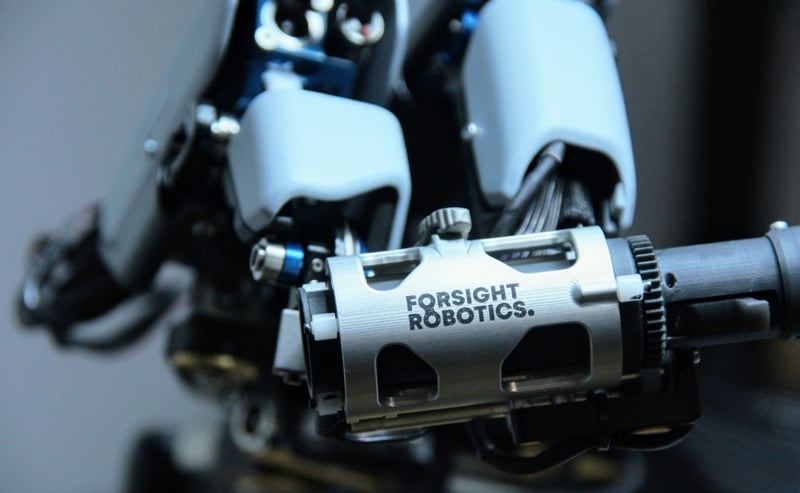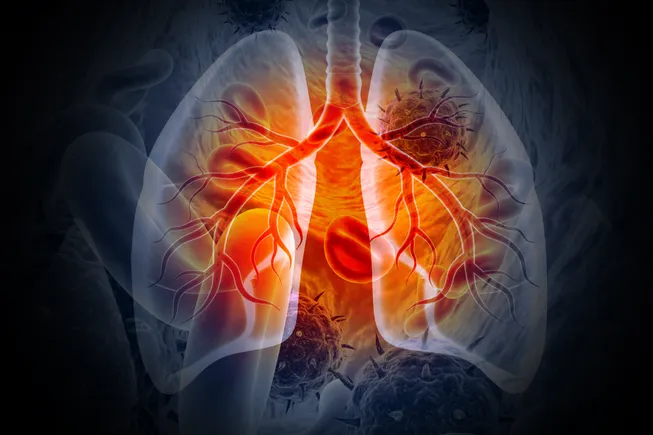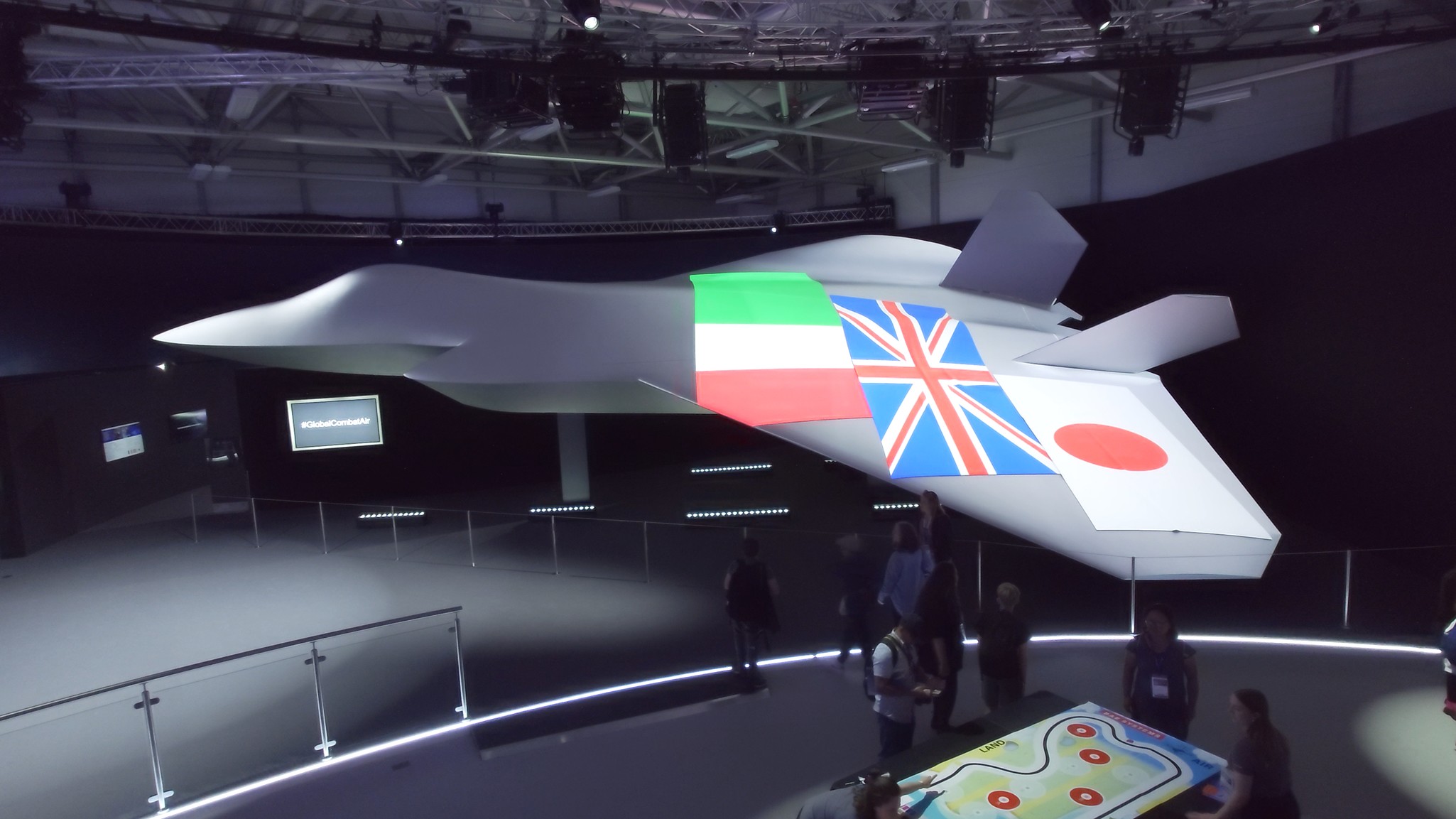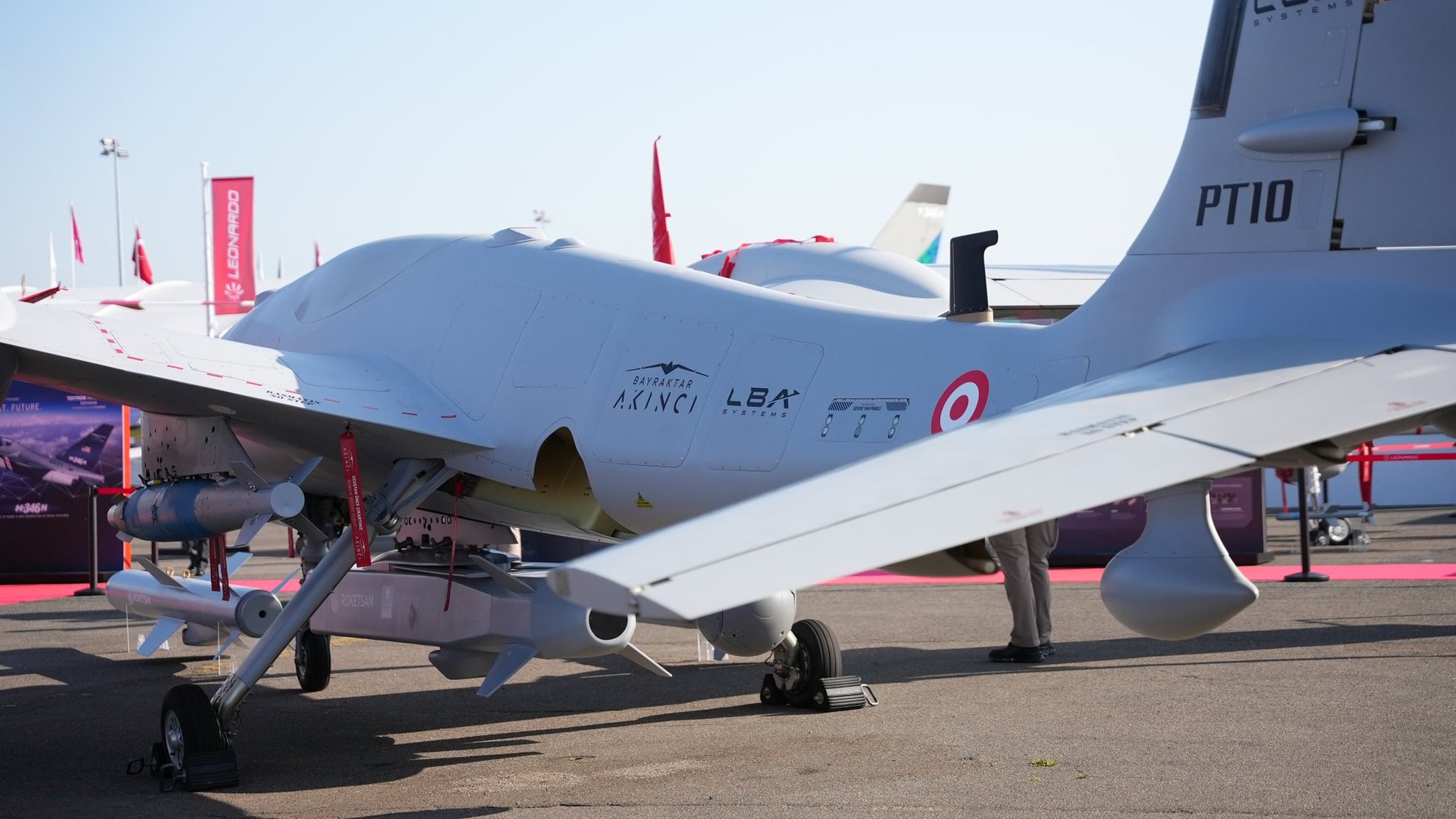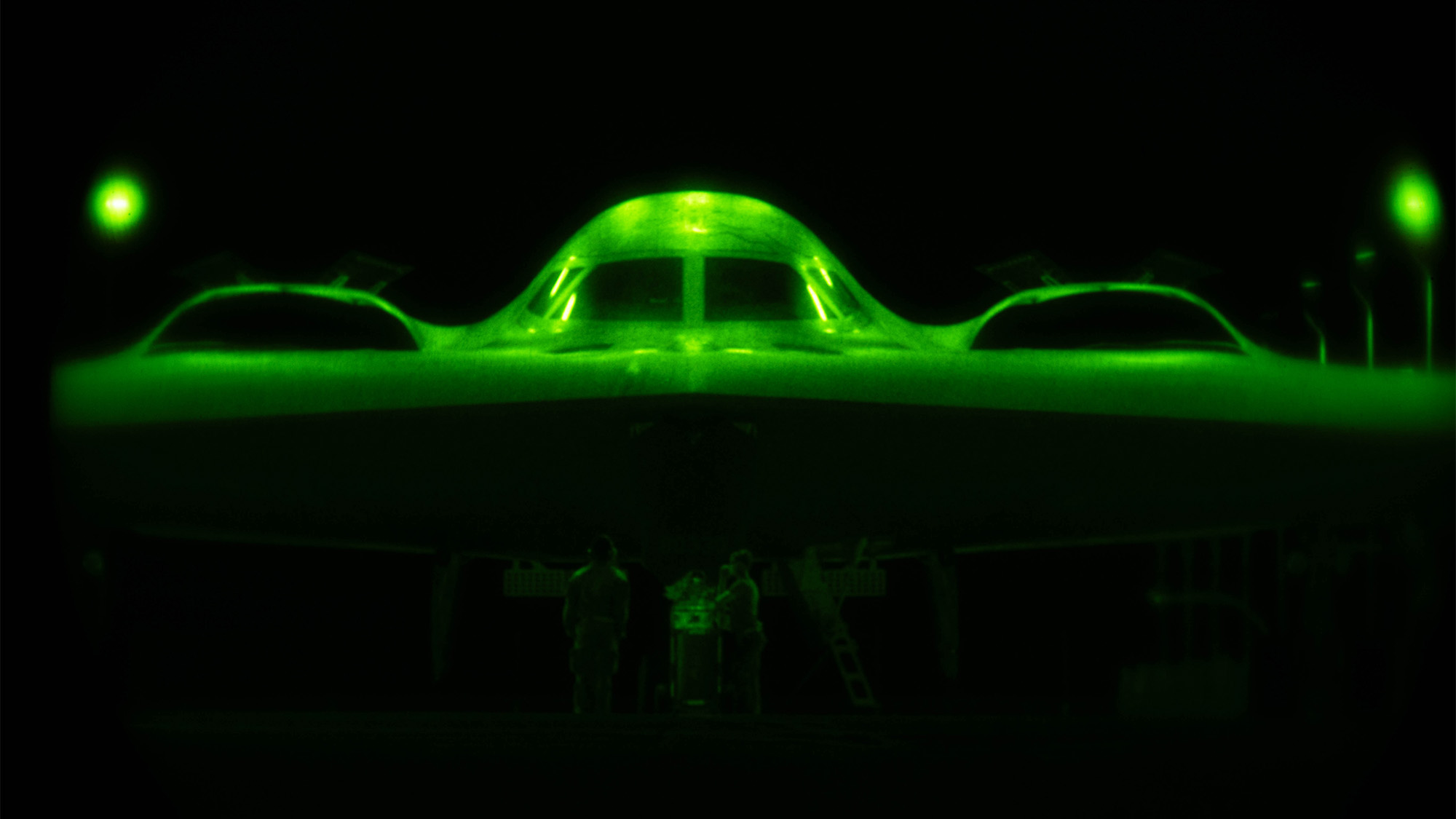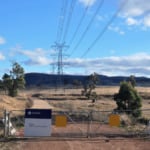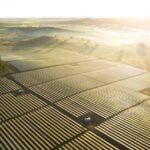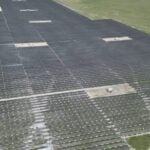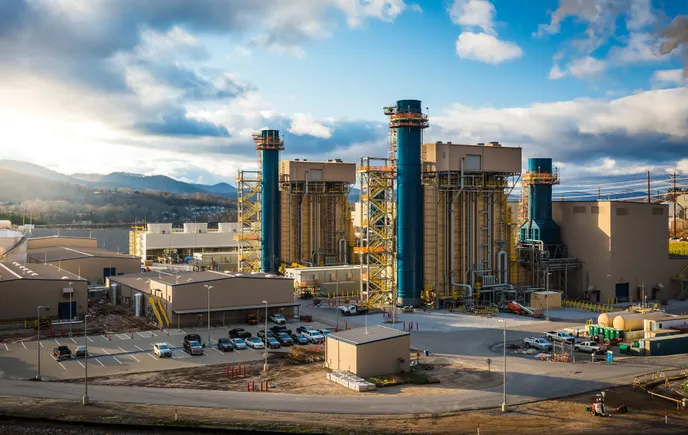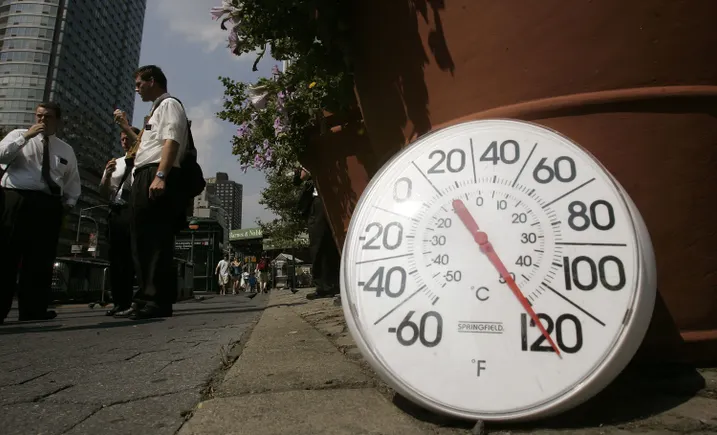Scalable and Integrated Photocatalytic Reactor Systems for Solar‐to‐Fuel Production: Photoredox and Photoreforming Processes
Advanced Energy Materials, EarlyView.

Solar fuels and other value-added chemicals derived from light-driven reactions are highly desirable. Although advanced photoactive materials have been reported, demonstrations of their feasibility in large-scale production are needed. Hence, strategies and recent efforts in scaling up photocatalytic reactors and integrating them into comprehensive functional systems are discussed in this review.
Abstract
Excessive human activities have led to a series of environmental and energy issues, such as global warming and energy shortages. These issues have drawn the attention of society to seek alternatives to remediate environmental pollution and achieve a low-carbon society. Photocatalytic (PC), photoelectrochemical (PEC), and photoreforming (PR) processes are considered promising technologies that offer the opportunity to recycle plastic waste, water, and carbon dioxide (CO2), transforming them into clean hydrogen (H2), carbon-neutral methane (CH4), green methanol (CH3OH) and other fuels by using light-responsive semiconductors. In recent decades, intensive research has been devoted to exploring photoactive catalysts with ideal optoelectronic and electronic band structures that can effectively catalyze such reactions by improving light absorption, promoting charge transfer and suppressing charge carrier recombination for catalytic enhancement in PCs, PECs, and PRs. However, limited attention has been focused on the advanced design of photocatalytic reaction systems or reactors, which is critically vital for upscaling the overall solar energy conversion performance to an industrial scale. This review summarizes the recent advancements in structural engineering strategies and challenges in designing efficient large-scale light-driven catalytic systems. In detail, the operational parameters, including the nature of the reactant, light capture ability, photoreactor geometry, operating mode, and phases, that affect the solar-to-fuel conversion performance are discussed. The safety concerns and standardization of the photocatalytic reaction for industrial-scale applications are also discussed. Finally, perspectives on the challenges and outlook in constructing commercialized PC, PEC, and PR photoreactor prototypes are provided that can become industrially viable technologies.































































